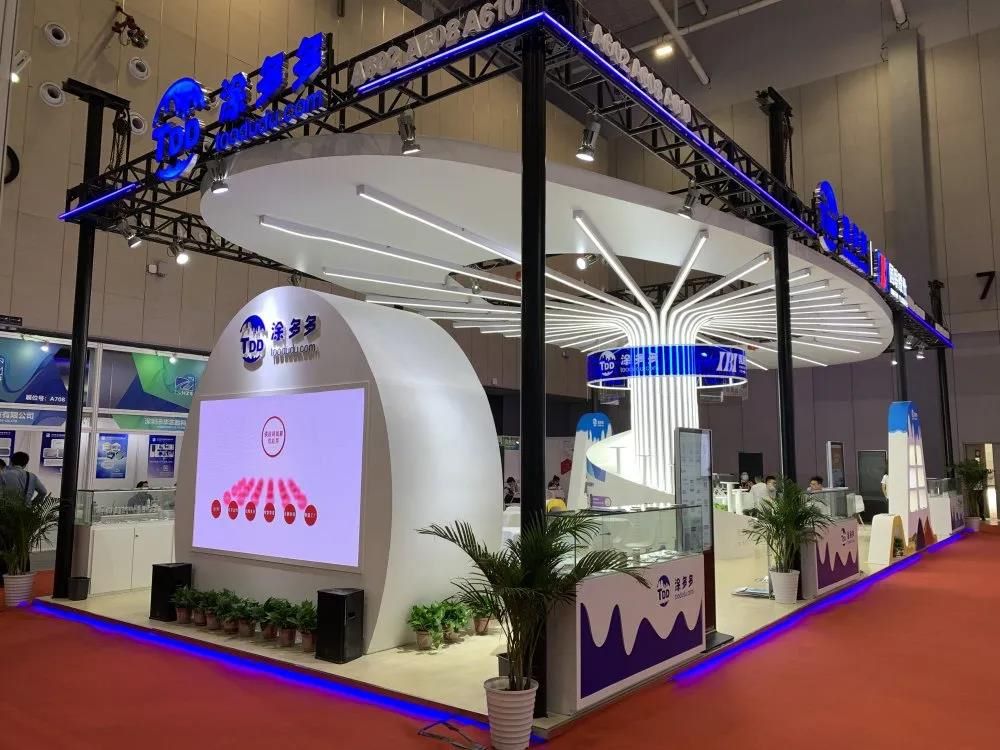F1 Tires vs Civil: Why Bias-Ply?
In the vast world of civilian cars, radial tires dominate with absolute advantages, and their high market share is remarkable. This tire, invented by the French Michelin Tire Company in 1946, has quickly become a standard feature of modern cars with its many excellent performances.
Its cords are arranged in a meridian direction, just like the meridians of the earth, giving the tires excellent wear resistance, good cushioning performance and low rolling resistance, significantly improving fuel economy and driving stability.
In the field of sedans, radial tires account for as much as 90%, and in trucks, they also reach 63%. They are almost everywhere, silently contributing to public travel and cargo transportation.
However, on the track of the top racing sport F1, the situation is completely different. F1 cars do not follow the mainstream of the civilian market, but unswervingly adopt bias tire technology. This choice may seem a bit "conservative" at first glance, but after a deeper investigation, you will find that there are profound reasons behind it. In the final analysis, the working conditions faced by F1 cars and civilian cars are very different.
F1 racing cars pursue extreme speed and handling performance. Taking the 2025 China Grand Prix as an example, F1 racing cars are speeding at the Shanghai International Circuit, easily breaking through 300km/h at top speed, and accelerating from 0 to 100km/h in only about 2 seconds. Such amazing speed and acceleration put forward unimaginably stringent requirements on the performance of tires.
The adjacent layers of cords of the cord layer and buffer layer of the bias tire are arranged crosswise, and are less than 90° angle with the center line of the tread. This unique structure makes it have good longitudinal rigidity, high strength of tread and sidewall, and can withstand huge centrifugal and lateral forces when driving at high speed.
When the car is speeding at a speed of more than 300km/h, the friction force generated between the tire and the ground is as high as thousands of Newtons. With its high-strength structure, the bias tire can effectively resist this strong external force, ensure that the tire does not deform, burst or other dangerous conditions, and provide solid protection for the stable driving of the car.
At the same time, F1 cars frequently perform intense operations such as sudden acceleration, sudden braking, and high-speed cornering on the track. In a race, drivers need to experience dozens of sudden accelerations, with accelerations of more than 5g, and the deceleration during sudden braking is also amazing, and they need to complete hundreds of high-speed cornering actions in a short period of time.
Bias tires have great advantages in dealing with such working conditions. Their sidewall stiffness is large, which can provide strong support for the car body during sudden acceleration and sudden braking, reduce the pitch and roll of the car body, and help drivers accurately control the car body posture.
When cornering at high speed, the cross-cord structure of the bias tire can keep the tire in good contact with the ground, provide strong grip, and help the car pass the corner at a higher speed. According to statistics, in high-speed corners, the F1 car using bias tires can increase the cornering speed by 5-10km/h compared with other types of tires. This is enough to become a key factor in determining the outcome in F1 events where every second counts.
On the other hand, the daily driving conditions of civilian cars are very different from those of F1 racing cars. Civilian cars pursue comfort, durability and economy. On urban roads, the speed is usually below 60km/h, the driving process is relatively smooth, and sudden acceleration, sudden braking and high-speed cornering rarely occur.
The soft sidewalls of radial tires can effectively filter road bumps and bring a comfortable experience to drivers and passengers; its good wear resistance can ensure that the tire service life is up to tens of thousands of kilometers, reducing the frequency and cost of tire replacement; low rolling resistance characteristics help save fuel and reduce daily use expenses.
For example, under normal use, the service life of a radial tire of an ordinary family car can reach 50,000-80,000 kilometers, which can save about 10%-15% of fuel compared to bias tires.
In summary, F1 racing cars adhere to bias tire technology not because of conservatism, but because of the precise grasp of their own working conditions and the unremitting pursuit of extreme performance. Civilian cars choose radial tires based on daily use needs, finding the best balance between comfort, durability and economy.
Tire technology has shown its unique charm and value in different application scenarios. It is this technical choice that varies according to working conditions that drives the entire automotive industry forward and brings people a safer, more efficient and comfortable travel experience.











